Natural Weather Reading
Clouds
Fair weather clouds
Cirrus clouds are thin wispy streaky or
curly clouds at around 6,000 feet. In cold climates if they build up with a
strong northerly wind – they can warn of an oncoming blizzard.
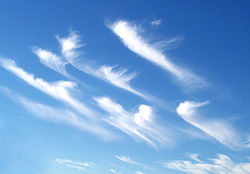
Cumulus clouds are the large fluffy white
clouds often seen around
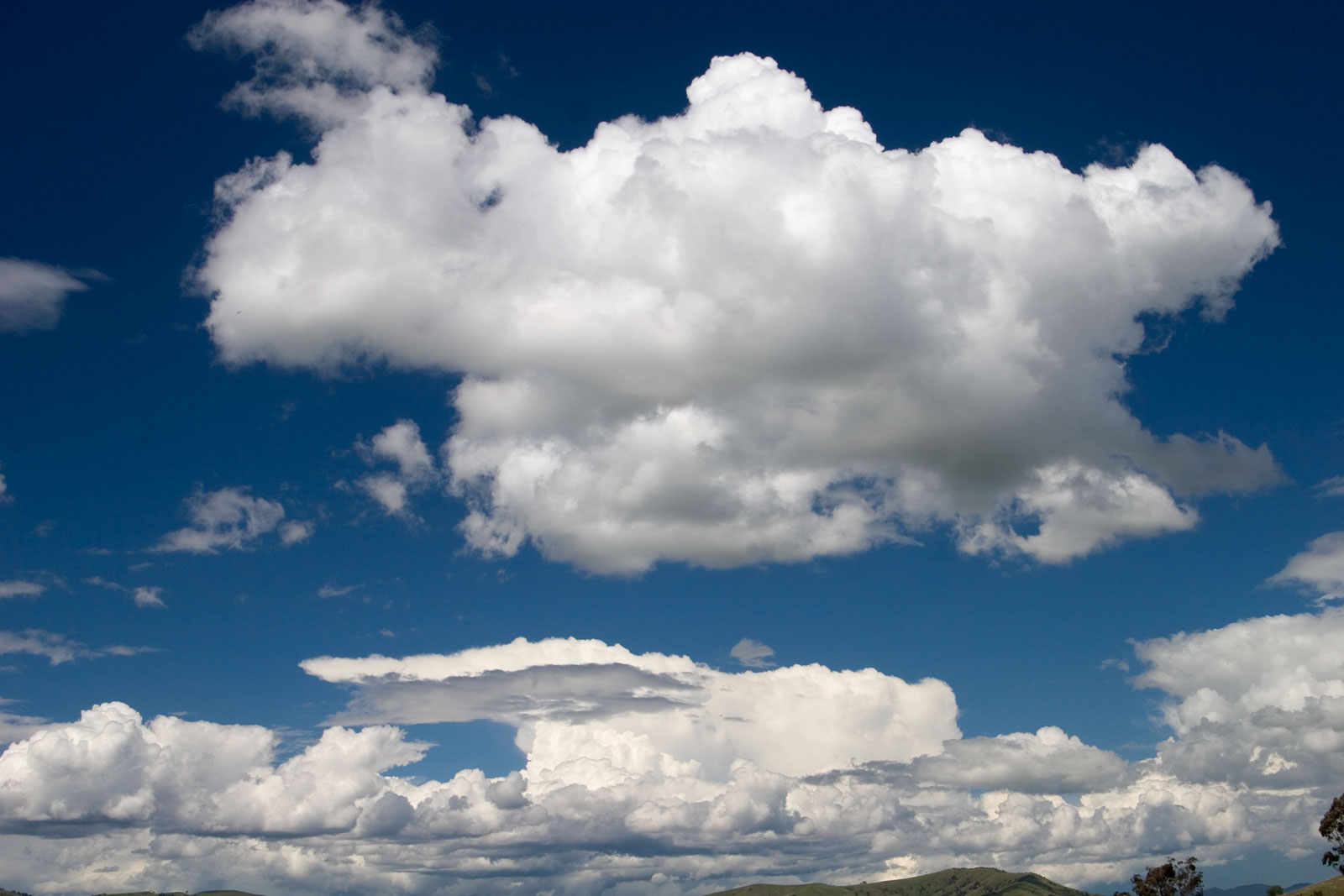
Cirrostratus clouds are very high and
darker that Cirrus clouds.
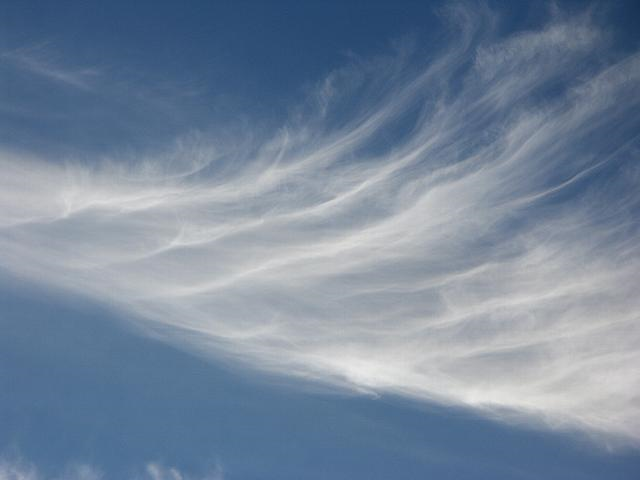
Cirrocumulus clouds are very high white,
round clouds.

Stratocumulus clouds are low level, patches
of lumpy grey clouds.

Rainy clouds
Stratus clouds are low and grey and can
often seem to cover the sky from horizon to horizon. They generally mean rain.
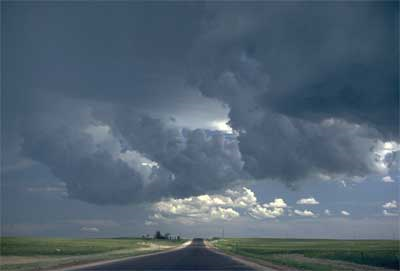
Nimbus clouds are again grey clouds that
blanket the sky.
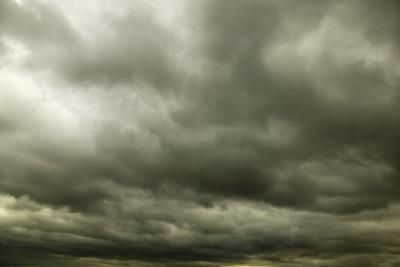
Nimbostratus clouds are low to mid-level
clouds that blanket the sky – the darker they are, the longer and heavier
it’ll rain.
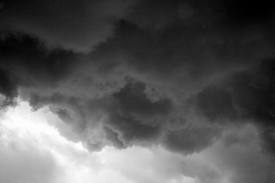
Altostratus clouds are mid-level grey or
blue-grey clouds that can cover the whole sky, although sometimes they are thin
and the sun can be seen through them. While they don’t cause rain themselves,
often come ahead of continued rain or snow.
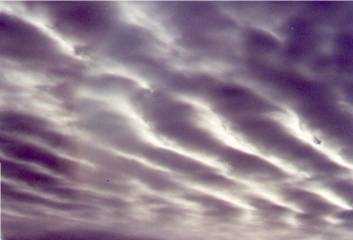
Altocumulus clouds are fluffy, mid-level
clouds in groups. If it’s warm and muggy, expect a thunderstorm later.

Thunder clouds
Cumulonimbus clouds start off as white
fluffy clouds that build up and can often be seen to grow until the tops
flatten out like an anvil. Once these build up, a thunderstorm is coming. It
may take a while for the rain to come, but dry, rumbling thunder is often the
first sign of the storm coming.
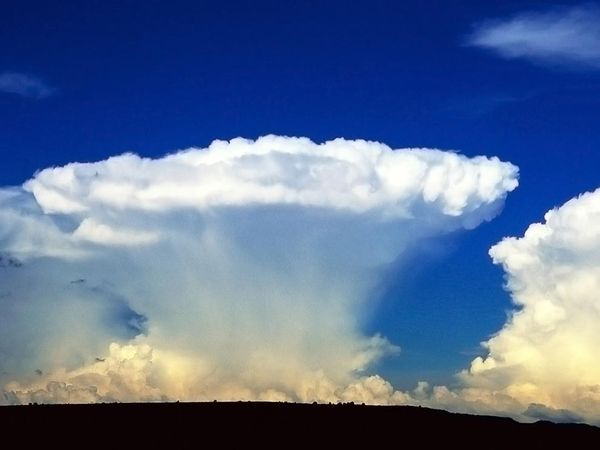
Scud clouds are small, grey wind-driven
clouds that mean bad weather will continue.
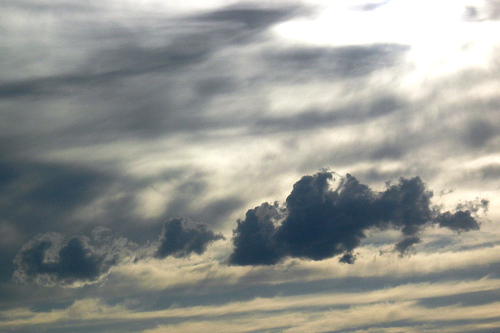
The Moon
Fair weather
If a new moon appears to be holding a dark ball, this
generally means fine weather within the next day or so.
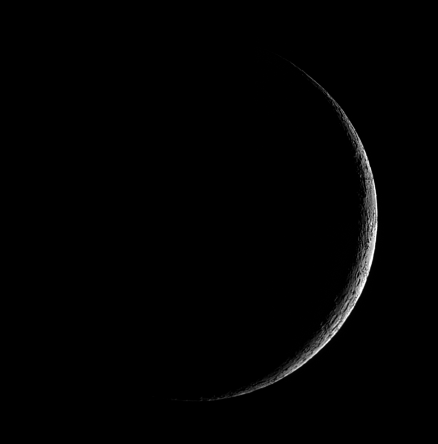
Wet weather
A clear ring around the moon generally means cold, wet weather
or even snow within the next couple of days. The number of stars within the
ring generally indicates how long this weather will last – 4 bright stars
means 4 days, 4 bright stars and one pale star generally means about 4 ½
days of poor weather.
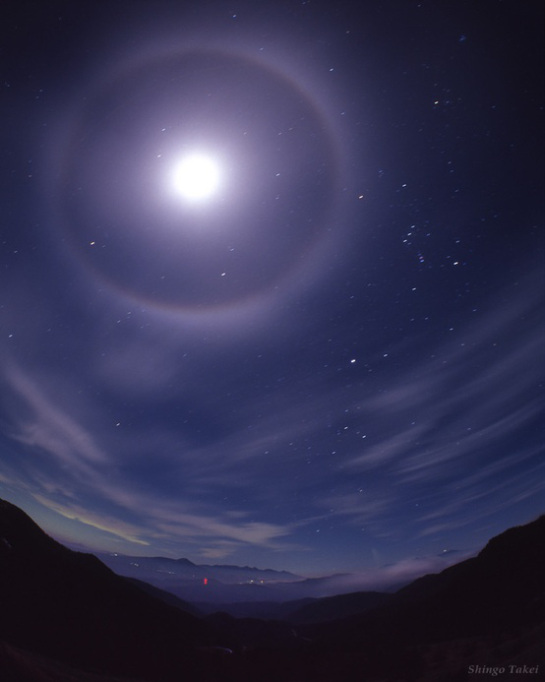
If the crescent moon is tilted, like a bull’s horns,
rain is coming.
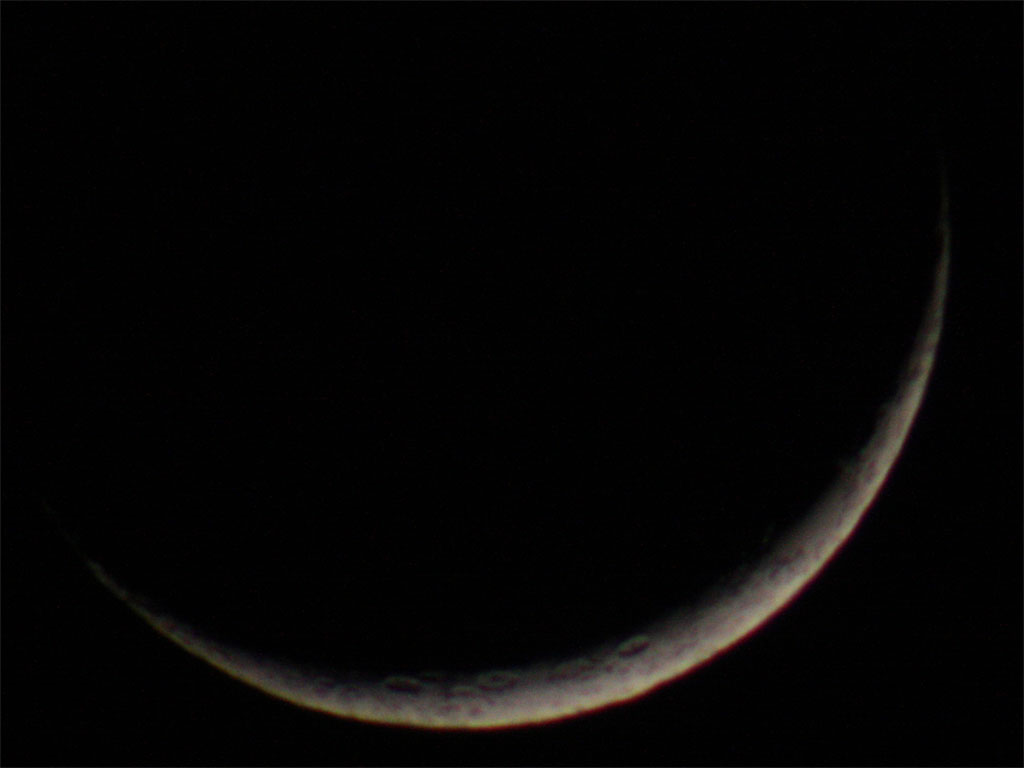
If the moon is red – caused by high level dust,
it’s gonna rain. Often it’s more of an
orangey colour, is generally full and is often called a ‘Hunters
Moon’ as it give pretty good light but due to the colour, it masks
colours making it easier for hunters to approach their prey.
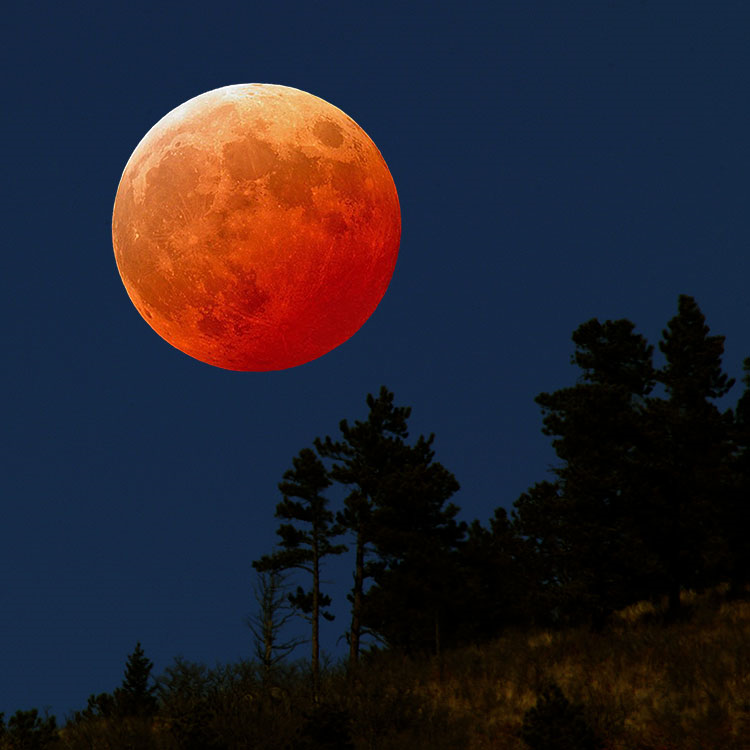
The table below, is a pretty accurate weather predictor, and
works by when the moon changes phase:
|
Moon changes between |
Weather will be |
|
0000hrs to 0200hrs |
Fair |
|
0200hrs to 0400hrs |
Cool & Stormy |
|
0400hrs to 0800hrs |
Wet |
|
0800hrs to 1200hrs |
Changeable |
|
1200hrs to 1400hrs |
Blustery & Rainy |
|
1400hrs to 1600hrs |
Mild but Showery |
|
1600hrs to 2000hrs |
Windy but Fair |
|
2000hrs to 2200hrs |
Cold & Clear |
|
2200hrs to 0000hrs |
Fair |
The Sun
Sun Dogs
No, these aren’t space-ship towing stellar hounds from
Terry Prattchet’s book The Dark Side of the Sun, but the solar equivalent of the
Moon’s halo.
You have to be careful using the sun for weather forecasting
for obvious reasons, but a white or rainbow band around the sun at
If it’s foggy, the fog will clear soon.
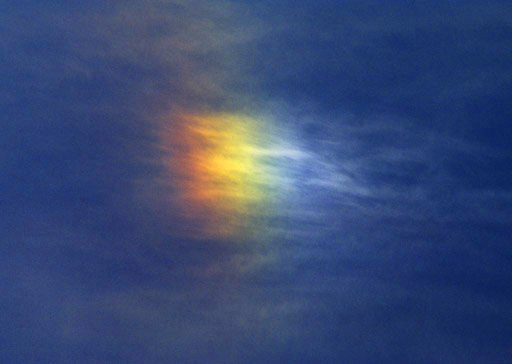
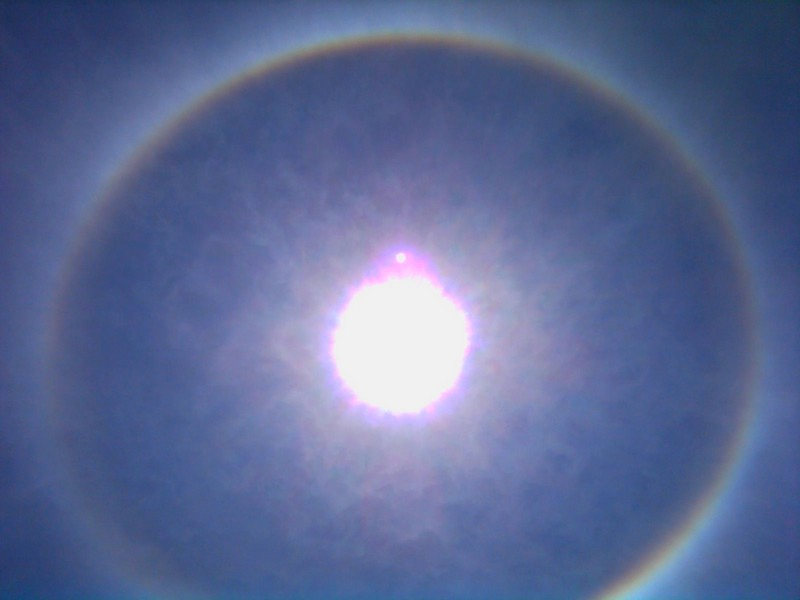
Red Sun
A red sun at dawn or dusk indicates fair weather.
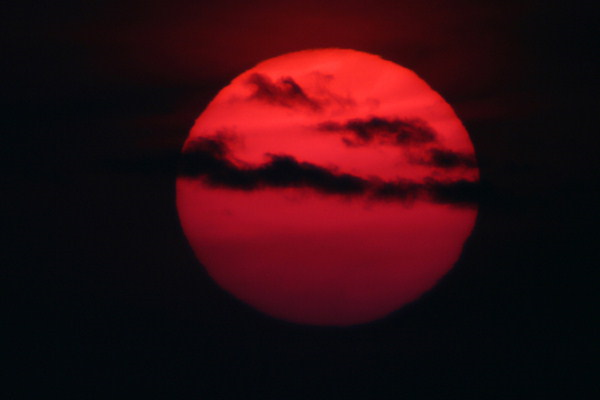
Red Sky
Not to be confused with a red Sun, these are pretty good
indicators of the weather.
A right sky at sunset means good weather the next day.
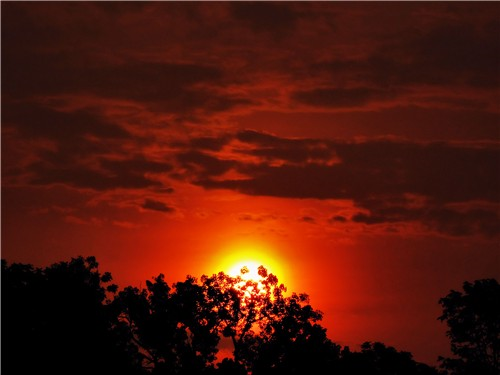
A red sky at dawn means wet weather.
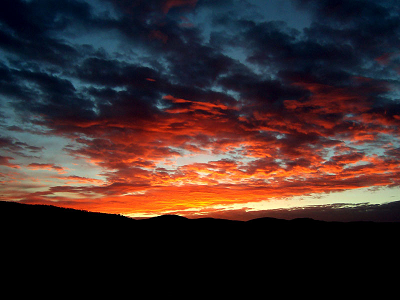
Rainbows
Obviously these indicate rain somewhere – if you see
one in the morning to the west, the rain is coming your way. In the afternoon
to the east, its going to
rain on someone else.
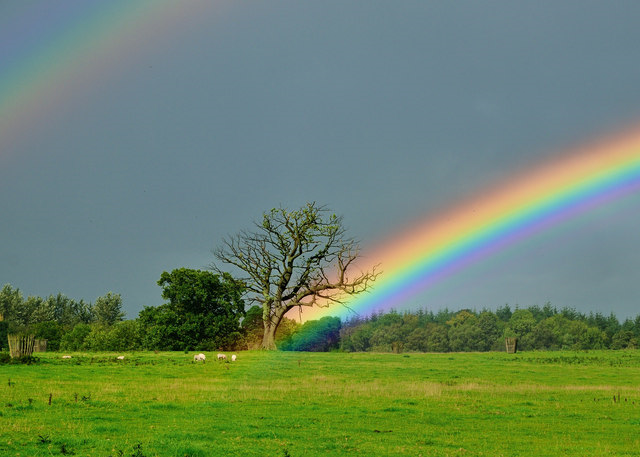
Atmospheric pressure
There are a couple of ways noticeable to man that can be
used from changes in atmospheric pressure to tell what weather is coming.
Low pressure
If a storm is coming, the air seems crisper and far away
objects more ‘in focus’. Sound is also
sharper.
High pressure
Distant object become hazy and sounds more muffled when good
weather is approaching.
Wind direction
An easterly wind, i.e. one blowing towards the East, often
means a storm front. A westerly wind generally means warm, clear weather.
Smell
When the air pressure is low, the air seems to have a
slightly ‘compost heap’ smell, although make sure the local farmer
hasn’t been muck spreading or keeping pigs…
Also, flower perfume tends to be stronger just before it
rains.
Wild creatures
Birds and bats tend to fly lower when bad weather is coming,
and higher when good weather is on its way.
Birds will roost early when a storm or very wet weather is
coming.
Squirrels will start to collect insulating materials for
their dray or nest when winter is on its way.
While not 100% reliable, cows tend to stick together and lay
down when bad weather is approaching.
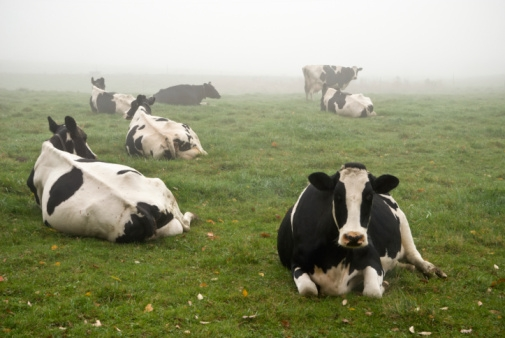
Plants
The flowers of various plants – dandelion, chickweed,
scarlet pimpernel, bind weed, etc., will close when wet weather is coming.
Scarlet pimpernel – often called “the poor
man’s weatherglass”.
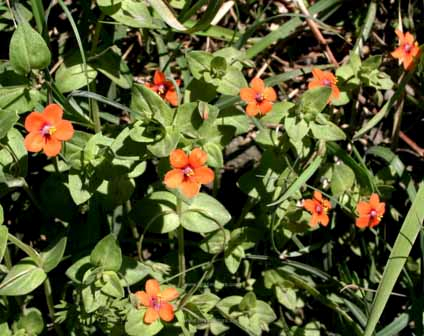
Exposed seaweed will start to swell with moisture from the
air when wet weather is coming.
If the grass is dry at sun rise, it generally means strong winds and the possibility of rain, but if there is dew, it will probably be dry.

